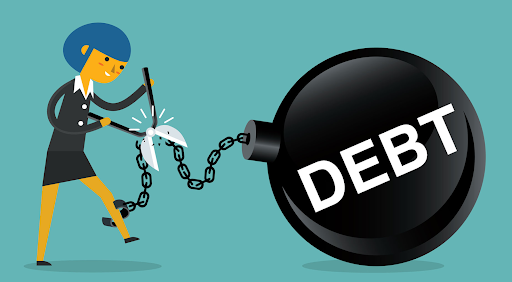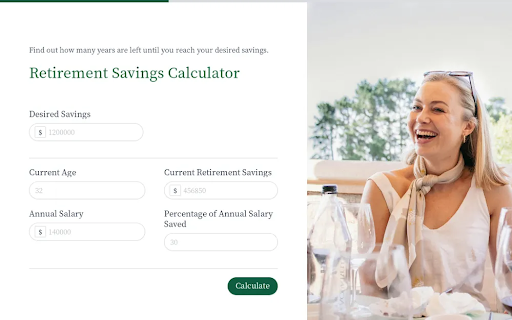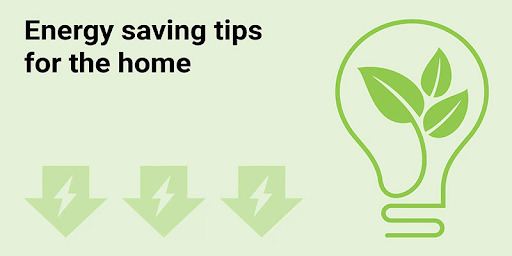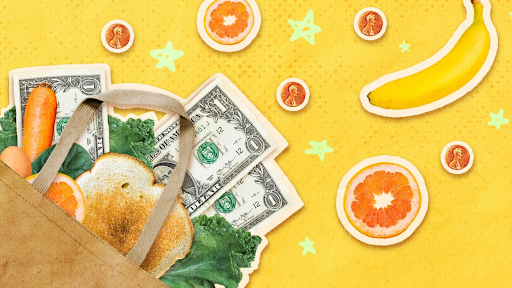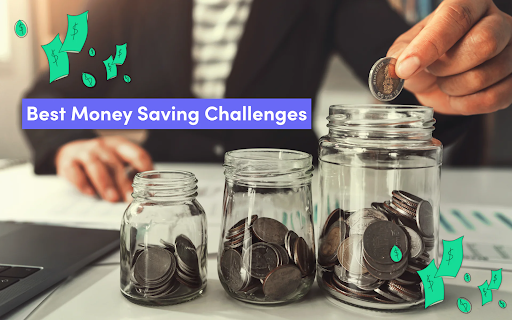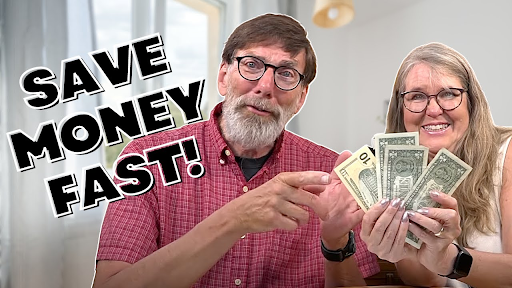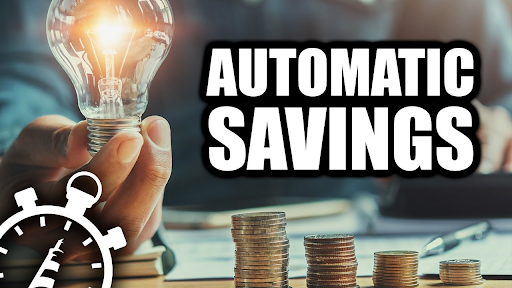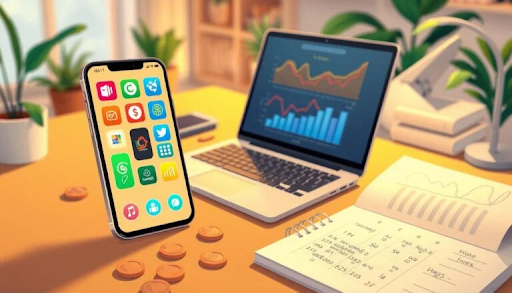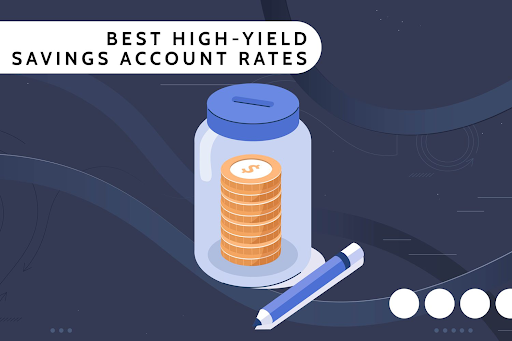Debt can feel like a heavy burden, hindering your ability to save, invest, and achieve financial freedom. In the U.S., total household debt reached a record $18.203 trillion in Q1 2025, with average credit card debt at $6,580 and an average credit card interest rate often exceeding 20% APR. This highlights the urgent need for effective debt payoff strategies as a cornerstone of smart money saving and robust personal finance management.
While getting out of debt requires discipline and commitment, having a clear plan is key. This article will break down proven debt payoff methods for U.S. residents, helping you choose the strategy that best fits your financial situation and psychological makeup.
The Foundation: Understanding Your Debt
Before you can tackle your debt, you need to know exactly what you’re up against.
- List All Debts: Compile a comprehensive list of every debt you owe.
- Gather Key Information: For each debt, note:
- Creditor/Lender: (e.g., Chase, Sallie Mae, Capital One)
- Outstanding Balance: The total amount you still owe.
- Interest Rate (APR): This is crucial, especially for high-interest debts like credit cards. As of June 2025, average credit card interest rates in the U.S. hover around 20-25% APR, significantly impacting how quickly your debt grows.
- Minimum Monthly Payment: The lowest amount you must pay each month.
- Due Date: To avoid late fees and protect your credit score.
Top Debt Payoff Strategies
Once you have a clear picture of your debts, it’s time to choose a strategy. The two most popular and effective methods are the Debt Snowball and Debt Avalanche.
1. The Debt Snowball Method
How it Works: This method focuses on paying off debts from the smallest balance to the largest, regardless of the interest rate.
- Step 1: List all your debts from the smallest balance to the largest.
- Step 2: Make minimum payments on all debts except the one with the smallest balance.
- Step 3: Throw every extra dollar you can at the smallest debt until it’s paid off.
- Step 4: Once the smallest debt is gone, take the money you were paying on that debt (minimum payment + extra payment) and add it to the minimum payment of the next smallest debt.
- Step 5: Repeat the process, rolling each paid-off debt’s payment into the next, creating a “snowball” effect.
Pros:
- Motivation: You get quick wins as smaller debts are eliminated, providing psychological momentum to keep going.
- Simplicity: Easy to understand and implement.
Cons:
- More Interest Paid: Because it doesn’t prioritize interest rates, you might pay more in total interest over the long run compared to the avalanche method.

2. The Debt Avalanche Method
How it Works: This method prioritizes paying off debts with the highest interest rates first, regardless of the balance.
- Step 1: List all your debts from the highest interest rate to the lowest interest rate.
- Step 2: Make minimum payments on all debts except the one with the highest interest rate.
- Step 3: Direct all extra funds you can find towards the debt with the highest interest rate until it’s paid off.
- Step 4: Once the highest-interest debt is eliminated, take the money you were paying on that debt and add it to the minimum payment of the next debt with the highest interest rate.
- Step 5: Continue this process until all your debts are repaid.
Pros:
- Save the Most Money: By targeting high-interest debt first, you reduce the total amount of interest you pay over the life of your debt. This is financially the most efficient method.
- Faster Payoff (in terms of total cost): You’ll get out of debt faster and save more money.
Cons:
- Less Immediate Gratification: If your highest-interest debt also has a large balance, it might take longer to see that first debt completely eliminated, which can be less motivating for some.

Other Powerful Debt Payoff Tools & Strategies
Beyond the snowball and avalanche, consider these strategies to accelerate your debt freedom:
- Create and Stick to a Budget: A solid budget is the bedrock of any debt payoff plan. Identify where your money is going and find areas to cut expenses to free up more cash for debt payments. The 50/30/20 rule (50% needs, 30% wants, 20% savings/debt repayment) can be a good starting point.
- Make More Than Minimum Payments: This is crucial. Paying only the minimums, especially on high-interest credit card debt, means you’re largely just covering interest, barely touching the principal. Even a small extra payment can significantly reduce your payoff time and total interest paid.
- Avoid New Debt: While paying off existing debt, resist the temptation to take on new debt. This means stopping credit card use (perhaps even freezing them), avoiding “Buy Now, Pay Later” schemes, and building a small emergency fund (e.g., $1,000) to cover unexpected expenses without resorting to credit.
- Debt Consolidation: This involves combining multiple debts (especially high-interest ones like credit cards) into a single loan with a lower interest rate and one monthly payment.
- Personal Loans: Can offer lower fixed interest rates than credit cards (e.g., 7.99% to 24.99% APR depending on creditworthiness, much lower than average credit card rates).
- Balance Transfer Credit Cards: Offer a 0% introductory APR for a set period (e.g., 12-21 months). If you can pay off the transferred balance before the intro period ends, you save significant interest. Be aware of balance transfer fees (typically 3-5%).
- Home Equity Loans/Lines of Credit (HELOCs): For homeowners with sufficient equity, these can offer very low rates (e.g., 7-11% APR for HELOCs in mid-2025) as they’re secured by your home. However, you’re putting your home at risk if you can’t repay.
- Pros: Simplifies payments, potentially lowers interest, and can reduce monthly payments.
- Cons: Doesn’t address spending habits, may extend the repayment term, and can come with fees.
- Increase Your Income: Consider a side hustle, overtime at your job, or selling unused items to generate extra cash that can be directly applied to your debt.
- Leverage Windfalls: Put any unexpected money (tax refunds, bonuses, gifts) directly towards your highest-priority debt.
Conclusion
Tackling debt in the U.S., where average household debt is at record highs, requires a proactive and strategic approach to personal finance management. Whether you choose the motivating sprint of the debt snowball or the money-saving efficiency of the debt avalanche, the key is commitment and consistency.
By understanding your debts, making a strong budget, avoiding new borrowing, and exploring tools like debt consolidation, you can systematically dismantle your debt burden. Remember, every extra dollar you put towards your principal is a dollar that won’t accumulate interest, bringing you closer to financial freedom and a future where your money works for you, not against you. Start your debt payoff journey today – the sooner you begin, the sooner you’ll experience the liberation of being debt-free.

